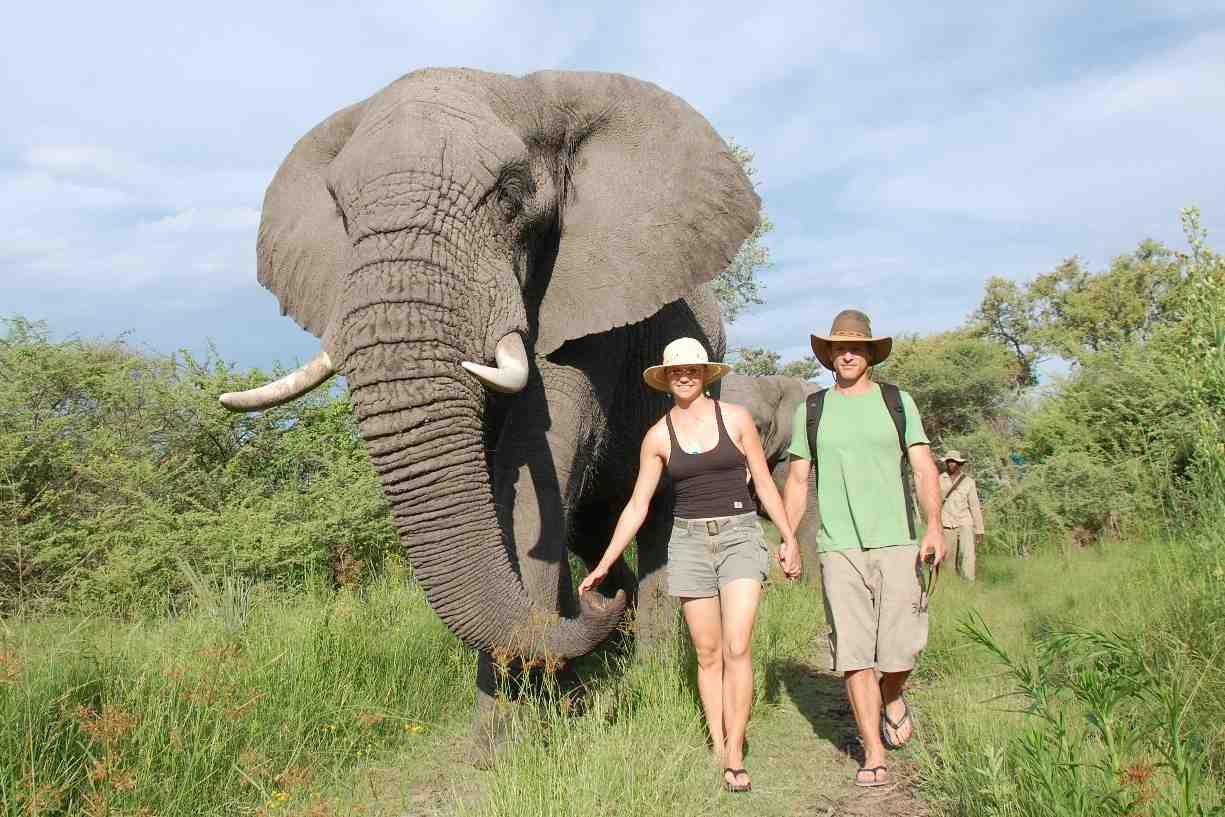So the nuptials are over, you’re excited, starry-eyed and ready for that once-in-a-lifetime honeymoon trip to Africa.
Over recent years more and more newlyweds are shying away from traditional post-wedding retreats in favour of something a little bit more adventurous and exciting. This has given rise to a plethora of great Africa honeymoon choices, pioneered by specialist like Africa Odyssey who supply an eclectic mix of luxurious Africa safari honeymoon packages.
No African honeymoon would truly be complete without the Great Migration, one of the world’s greatest wonders but if you- or your significant other- are a little unsure about how to plan this incredible adventure, then you’ve come to the right place.
This article explores the best ways to plan your trip to ensure you get the very most out of this once in a lifetime excursion, to watch millions of wild animals embark on their perpetual annual routine across Tanzania’s Serengeti National Park and Kenya’s Maasai Mara Game Reserve.
A well planned itinerary can help to personalise your experience, and give you the most authentic taste of wild Africa.
The river crossings
If you’re hoping to catch the famous river crossing whilst on safari, you’ll need to book well in advance. The best lodges are always popular with tourists, so we recommend booking up to a year in advance to secure good quality accommodation.
There are several crossing points across the Mara River, with the most popular being Paradise Crossing and Crossing #4. These are used by the wildebeests every year, so the tour guides are able to accurately position their vehicles in the optimum viewing positions.
The crossing can be viewed from both Kenya and Tanzania. Those watching in Tanzania will witness the animals leave the banks of the river for pastures new, while those in Kenya will see their arrival.
June through to August are Africa’s peak game-viewing months, as the drier less vegetated land makes visibility better. What’s more, the animals are concentrated in smaller areas, as sources of water become limited.
Opting to view the river crossing from Kenya gives you the option of staying in a private conservancy, away from the crowds, allowing you to commute easily to the national reserve to witness the crossing. In Tanzania, there are also several excellent private lodgings with fine dining and world-class safari guides.
Masai Mara mega herds
Once arriving, the herds remain on the plains of Kenya’s Masai Mara for around three months, between August and October, making this the prime time to visit.
If you want to avoid the crowds, a private Mara conservancy is perhaps your best bet. Here you can enjoy bush walks, which are unavailable to regular Masai Mara National Park visitors, as well as night drives.
To secure the best accommodation, it is advised to book at least six months in advance and don’t forget to pack those travel-friendly products.
Calving season in the Serengeti
Within the first two months of the new year, the wildebeest give birth to their offspring. This takes place at the end of January or in early February, and all the calves will be born within two weeks of one another.
This is an amazing sight, however, predators lie in wait to take advantage of defenseless prey – so this is not for the faint-hearted.
The perks of planning your trip during this period include lower prices and a sparser population of tourists. The landscape is also at its most picturesque, as the summer rains leave behind a lush green paradise, with baby animals aplenty.


